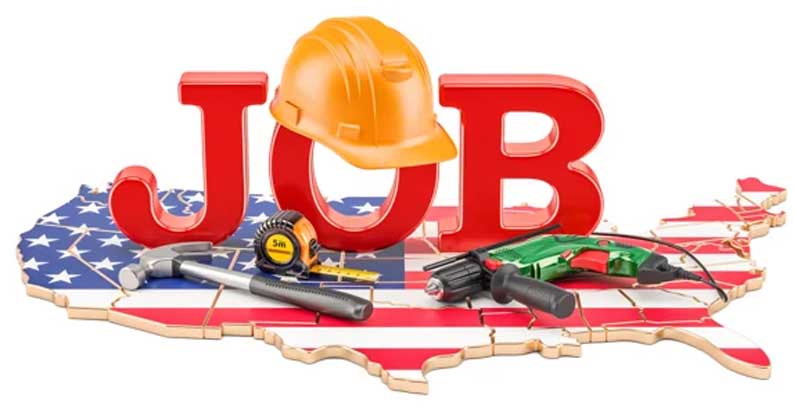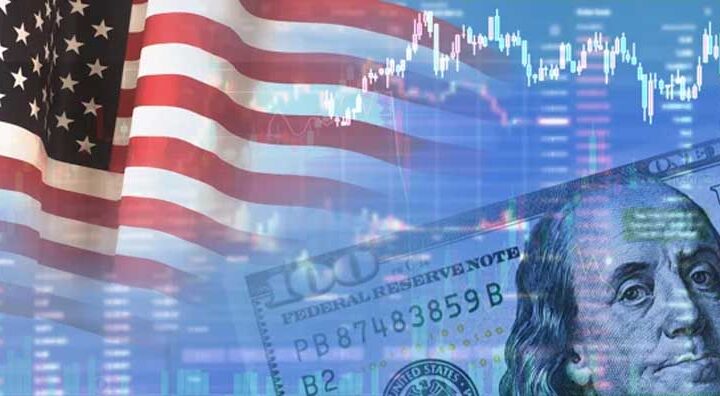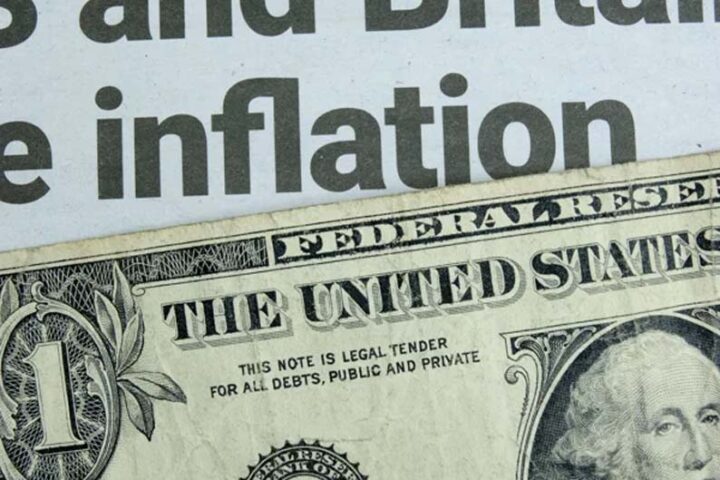By Justin Begley – Moody’s Analytics
On the first day of 2024, workers earning the minimum pay rate got a raise in 22 U.S. states. Minimum wage hikes are common each year, as they are typically implemented to adjust for cost of living increases or to meet certain provisions in existing legislation.
Nonetheless, nearly 10 million workers will be affected by the pay hike, according to the Economic Policy Institute.
Increases in the federal minimum wage have been few and far between over the last 30 years; it has stood at $7.25 per hour since 2009. As a result, growth in the wage floor has failed to keep pace with inflation, particularly given the recent spate of rapid price growth, which saw annual growth in the consumer price index top 9% at its peak.
Therefore, minimum-wage workers have seen real wages decline since 1991, following the passage of amendments to the Fair Labour Standards Act of 1938 in 1989, which raised the wage floor from $3.35 per hour in 1989 to $4.55 per hour by 1992 and eliminated the minimum wage and overtime pay exemption for small retail businesses.
Minimum wages at the state level
Given the different cost, structural and political dynamics across states, many state and local governments have taken up the mantle of passing their own minimum wage laws.
Currently, 30 states and the District of Columbia have minimum wages above $7.25 per hour; the highest can be found in the state of Washington, which boasts a minimum wage of $16.28 per hour as of January 1. Labour markets in the other 20 states are operating at the federal minimum.
Efforts at the state level to raise the minimum wage have boosted hourly earnings for many. The effective minimum wage in the U.S.—calculated on a state population-adjusted basis—tracked the federal minimum closely through 2011, but the gap quickly widened, as states took matters into their own hands.
Today, the population-weighted minimum wage is nearly $11 per hour, around $3.75 higher than the federal minimum.
Nearly all the states that have increased their minimum wage in recent years continue to do so, using an incremental methodology.
Some states have elected to increase the wage floor by a fixed dollar amount each year while others peg the hikes to some cost-of-living index, typically the CPI. Some states use a combination of both—fixed increases to a specified level, followed by additional hikes that track growth in the CPI.
Connecticut, for example, scheduled $1 annual increases through 2023 when the minimum wage reached $15 per hour. In subsequent years, the wage floor will rise with the rate of inflation.
The largest increase to kick off the new year was in Hawaii, which raised its minimum wage by $2 per hour to $14. Six other states—Maryland, Delaware, Nebraska, Illinois, New Jersey and Rhode Island—increased their minimum wage by $1 per hour or more.
As a result, seven states and the District of Columbia now have a minimum wage of at least $15 per hour, while several other states such as Florida, Delaware, Illinois, Maryland, Nebraska, New Jersey, Rhode Island and Virginia will join the club in the next few years.
Impact on wage growth and inflation
Economic theory typically asserts a price pass-through effect as a consequence of minimum wage increases, where the burden of higher labour costs is either borne by the consumer via higher prices or the worker via reduced hours, cut jobs, or a reduction in nonwage benefits, as firms adjust to steady their costs.
However, the impact depends on the structure of each affected industry. The impact of minimum wage increases also depends on how binding they are. In other words, raising the wage floor has a meaningful economic impact only if a sufficient number of workers are being paid at or below the minimum hourly rate.
This number can be difficult to parse out, as the pool of workers earning the minimum wage in any given state is constantly in flux. Complicating the matter further is that workers do not typically earn the set minimum for long, as many firms implement regular pay increases and workers can often switch jobs to capture higher wages, if possible.
As a result, the annual pace of growth in the median wage for hourly workers has averaged 3.4% since the turn of the century, which is far higher than the 0.9% average yearly growth rate in the population-weighted minimum wage over the same period. This, in turn, limits the pool of workers for which the minimum wage in a given state binds.
Using the above-cited estimate from the Economic Policy Institute, the minimum wage binds only for about one out of every 20 nonfarm workers.
The literature on the impact of minimum wage increases on wage growth and inflation is somewhat limited and mixed. More popular has been the impact of minimum wage hikes on employment—and while there is a lack of consensus, a majority of recent studies have found negative low-wage employment effects.
As for wages and prices, one survey of the literature suggests that the empirical evidence points to a positive wage effect for low-income earners and a small but positive price effect from raising the minimum wage. Indeed, most studies found that a 10% increase in the U.S. minimum wage raises the price level by no more than 0.4%.
This is consistent with our previous research. On both a national and regional level, we find evidence of a positive relationship between minimum wage hikes and overall wage growth, which is closely associated with inflation.
However, the magnitude of the effect is small. This is because changes in the minimum wage are caused by public policy decisions, which can be abrupt, even if planned. Therefore, minimum wages will affect wage growth only following momentary jumps. When the labour market absorbs the policy shock, wage growth returns to a steadier path. Hence, over the long run, the impact of increasing the minimum wage has a rather muted effect on aggregate wage growth.
Our research is informative to the potential effect of this year’s spate of minimum wage hikes on inflation given the outsize impact that wage growth has on prices.
Since minimum wage increases do not seem to move the needle much when it comes to aggregate wage growth and the pass-through effect to prices found in the literature is relatively muted, we should not expect them to have a substantial effect on inflation.
This is good news in a time when inflation is winding down and any evidence of reacceleration would cause the Federal Reserve to tighten monetary policy further, raising the risk of recession.









